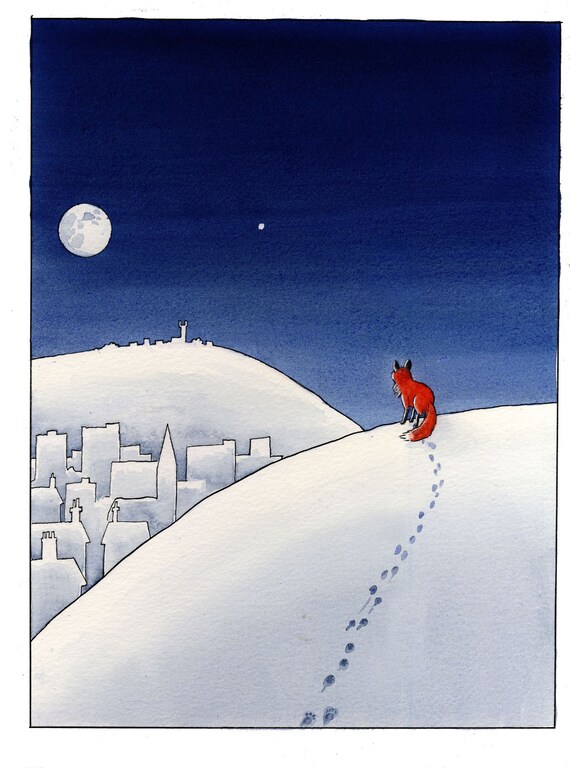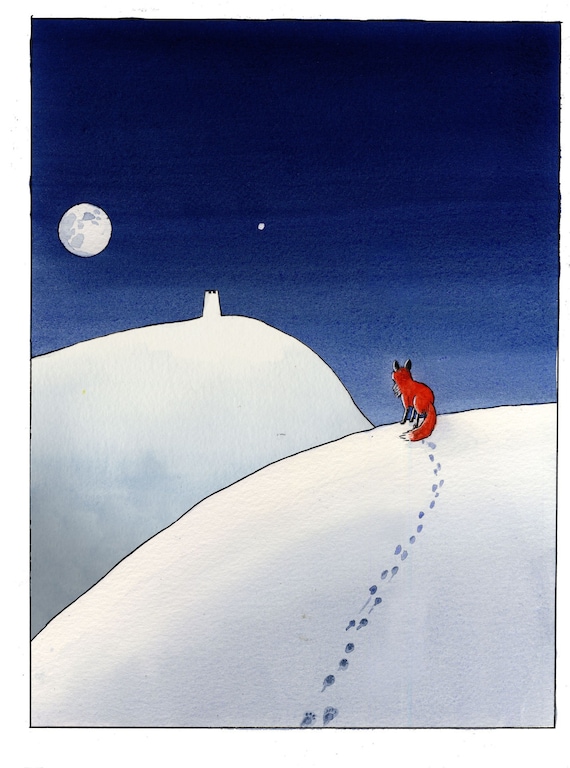I spent Friday in Exeter at an event billed as a Variant Sex and Gender, Religion and Wellbeing Workshop. It was run primarily by academics who study intersex people, but there was plenty of trans involvement as well. The event was hosted by Exeter University’s Centre for Ethics and Practical Theology. I do like the sound of “practical theology”. More on that later.
Obviously most of the people involved were Christians. There was one Buddhist and one Jew amongst the speakers. Some of the audience may have had other religious allegiances, but I don’t recall anyone other than me mentioning that.
The day opened with a presentation online from Dr. Stephen Kerry of Charles Darwin University in Darwin, Australia, who identifies as genderqueer. His paper was mainly about the difficulties of engaging the intersex community, though he talked a bit about Buddhism as well. More on that later. He also confessed to being a science fiction fan, so I guess he and I will be talking a lot in future.
Next up was the Reverend Dr. Christina (Tina) Beardsley who is a trans woman and head of the Multifaith Chaplaincy at Chelsea & Westminster Hospital NHS Trust. She talked mainly about how evangelicals have poisoned the Church of England’s attitude towards trans people, and her hopes for improvement.
After an excellent lunch, we were treated to a superb presentation on being a religious transgender Jew from Max Zachs (whom some of you may remember from My Transsexual Summer). Max was really good. More on that in a little while too.
Finally Maria Morris, the Clinical Team Leader from The Laurels, Exeter’s Gender Identity Clinic, gave the cis folks in the audience an update on the current state of treatment protocols. I knew all of that anyway, but it was so good to see it officially confirmed. The treatment of trans people by the NHS has come a very long way since I transitioned.
So what was the importance of this event? Obviously I have an historical interest in the involvement of trans people in religion, but the key is in that term “practical theology”. Whether you like it or not, large numbers of human beings have religious beliefs. Most of them belong to faiths that are currently strongly transphobic. While I was at the conference, my Twitter feed lit up with discussion of the latest pronouncements on trans folk by the Pope. There’s some push back from devout Catholics that he’s being misrepresented (he does, after all, only issue pronouncements in Latin), but it is still very worrying. Given this, I think it is absolutely essential for trans activists to engage with people of faith. There are those who support us, and from a practical point of view I think we are far more likely to convert some to our cause than we are to end religion.
Also, as Tina pointed out, trans people are often in need of a great deal of emotional support. If they are religious themselves, and can get help from supportive people with spiritual authority, that has to be a good thing. Sadly they are unlikely to get it from anyone else. One of the points that Max made in their presentation was that their left-wing friends had provided no support for Max’s attempts to become a rabbi, partly because many of them felt that all religion was the enemy, and partly because some were anti-Jewish on principle.
The reason I loved Max’s presentation so much is that they made such a good argument for using theology to make the case for trans people. They started off by emphasizing the importance of ritual and tradition in Judaism, and noting that the penalty for desecrating Shabbat is death. Nevertheless, Judaism exists in the real world, and rules adopted thousands of years ago may not work so well these days. Max noted that there are now many exceptions to the rules for Shabbat that allow Jews to do things like phone an ambulance if a family member has a heart attack. The point is that theological arguments can and have been made to change religious laws, and trans Jews have been busily working away to make their faith more welcoming to gender variant people.
This, by the way, is not new. Max provided examples from the Talmud giving advice to mothers of obviously intersex children. We’ve been discussing other things about the original Hebrew version of the Old Testament as well. Some of this may find its way into my history talks.
Stephen’s comments on Buddhism highlighted the importance of context and translation when discussing historical attitudes towards gender variant people. Some Buddhist texts contain prohibitions against “hermaphrodites”. As someone who studies intersex people, Stephen is naturally concerned about this. However, he’s aware that the word “hermaphrodites” may have been used to mean something quite different. My research suggests that, prior to the 19th Century, it could be used to mean trans people, and even gay people. In a Buddhist context, any prohibitions could be a response to the widespread use of eunuchs in China and Vietnam, or it could be in reaction to Hindu faith groups that were accepting of trans people.
Finally I want to talk a bit about the term “intersex”. As I noted earlier, several of the academics at the conference (including Stephen Kerry) study intersex people. There was some debate as to the acceptability of intersex as a term. I’m not intersex-identified myself, so it is very important to me to use terms acceptable to the intersex community when I’m talking abut them.
Given that I keep using “intersex”, you will have guessed that I think it is still the preferred term. That’s because activist organizations such as UKIA and OII use it. Nevertheless, Stephen and his colleagues are being told that the term is offensive. The alternative term is DSD. That normally stands for Disorders of Sexual Development, and I know that any mention of “disorder” tends to be greeted with fury by activists. Some people apparently claim that the first D stands for “differences”. That sounds a little weasely to me, but I am open to being corrected by intersex activists.
Having made a few inquiries, it appears that the people pushing for the use of DSD rather than intersex are medical professionals and support groups run by the parents of intersex children.





 This is Isis and her son, Horus. Images of Isis nursing Horus were common in ancient Egypt (though Horus does seen a little big for breastfeeding — perhaps he grew very quickly).
This is Isis and her son, Horus. Images of Isis nursing Horus were common in ancient Egypt (though Horus does seen a little big for breastfeeding — perhaps he grew very quickly).










